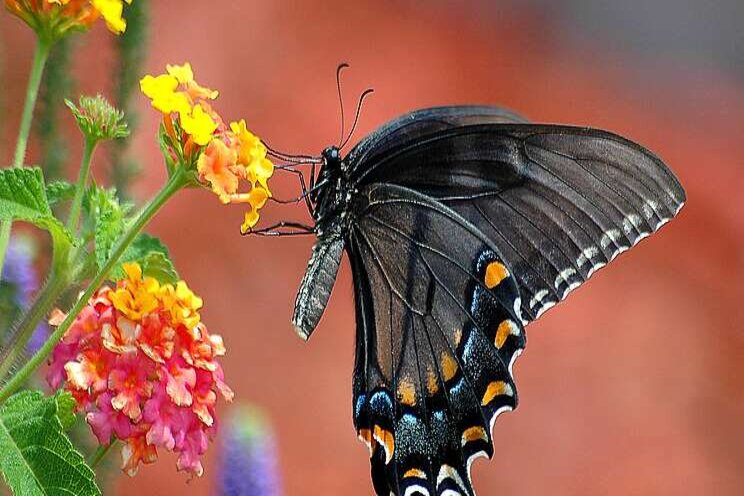How to fertilize lantana
Added on 23 March 2020

1
Fertilize lantana lightly before new growth emerges in early spring, using a granular fertilizer at a rate of 2 to 3 pounds for every 100 square feet of growing space. Use a balanced fertilizer with a ratio such as 10-10-10 or 20-20-20.
2
Apply fertilizer a second time in midsummer at a reduced rate of half that applied in spring, or 1 to 1 1/2 pounds for every 100 square feet of planting space. If the plant is healthy and growing, a second application isn't necessary.
3
Fertilize containerized lantana regularly. Many quality fertilizers are available for potted plants and should be applied according to the recommendations on the label. For example, slow release fertilizers applied in early spring last throughout most of the season. You may need to apply some liquid fertilizers once or twice per month.
4
Avoid fertilizing lantana excessively, as too much fertilizer causes bushy plants with few blooms, weakens the plants and makes them more susceptible to disease.
5
Water lantana immediately after applying fertilizer to distribute the fertilizer throughout the soil and prevent burning the roots. Remove fertilizer from the foliage immediately with a spray of water, as fertilizer will scorch the leaves.
Things You Will Need
§ Balanced granular fertilizer
§ Liquid or time-release fertilizer for potted lantana
Tip
§ Lantana has escaped its boundaries and has become invasive in areas of Hawaii, Texas and Florida.
Although the plant isn't listed on the California Invasive Plant Inventory Database, limiting growth of the plant to the boundaries of your garden helps to prevent problems in the future. Container growing also keeps lantana from spreading. If you are concerned, speak to a professional at a nursery or your local Agricultural Extension office as some varieties are less invasive.
Source: HomeguidesPhoto by Paul Brennan from Pixabay
Source: Homeguides
More news















